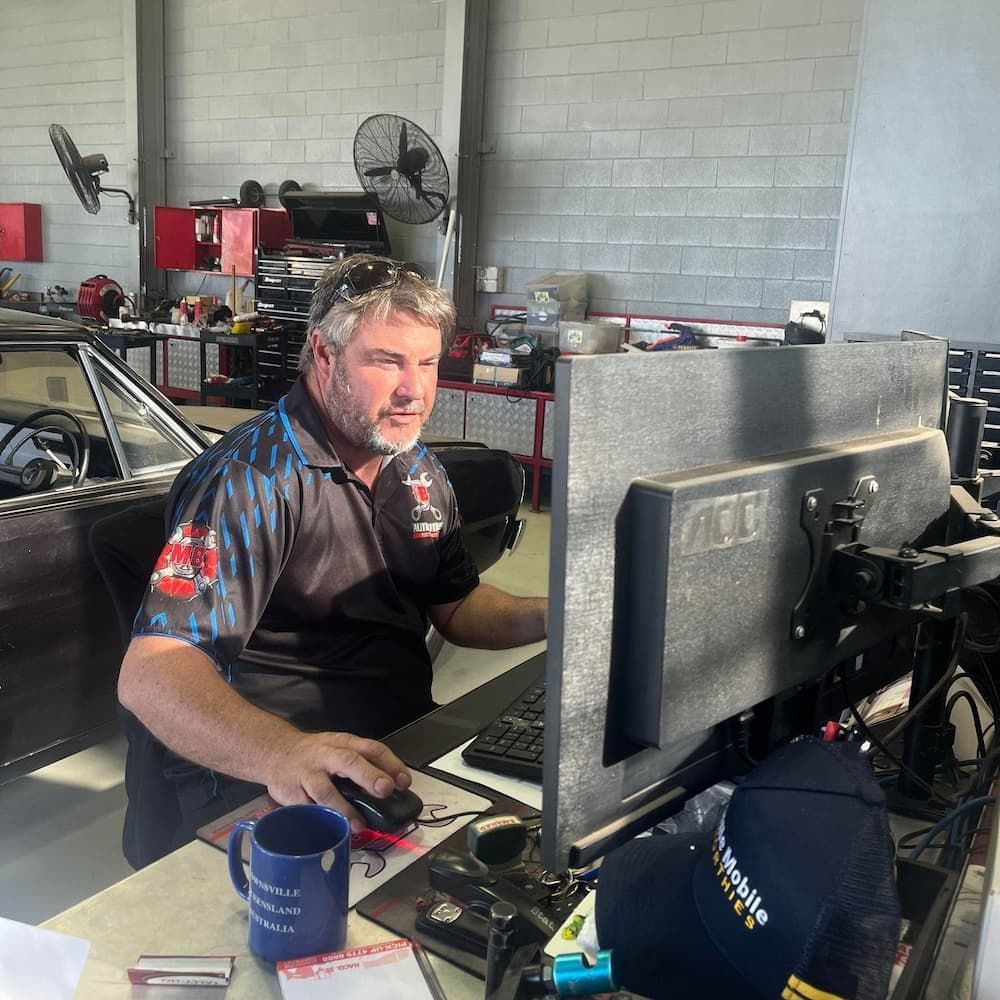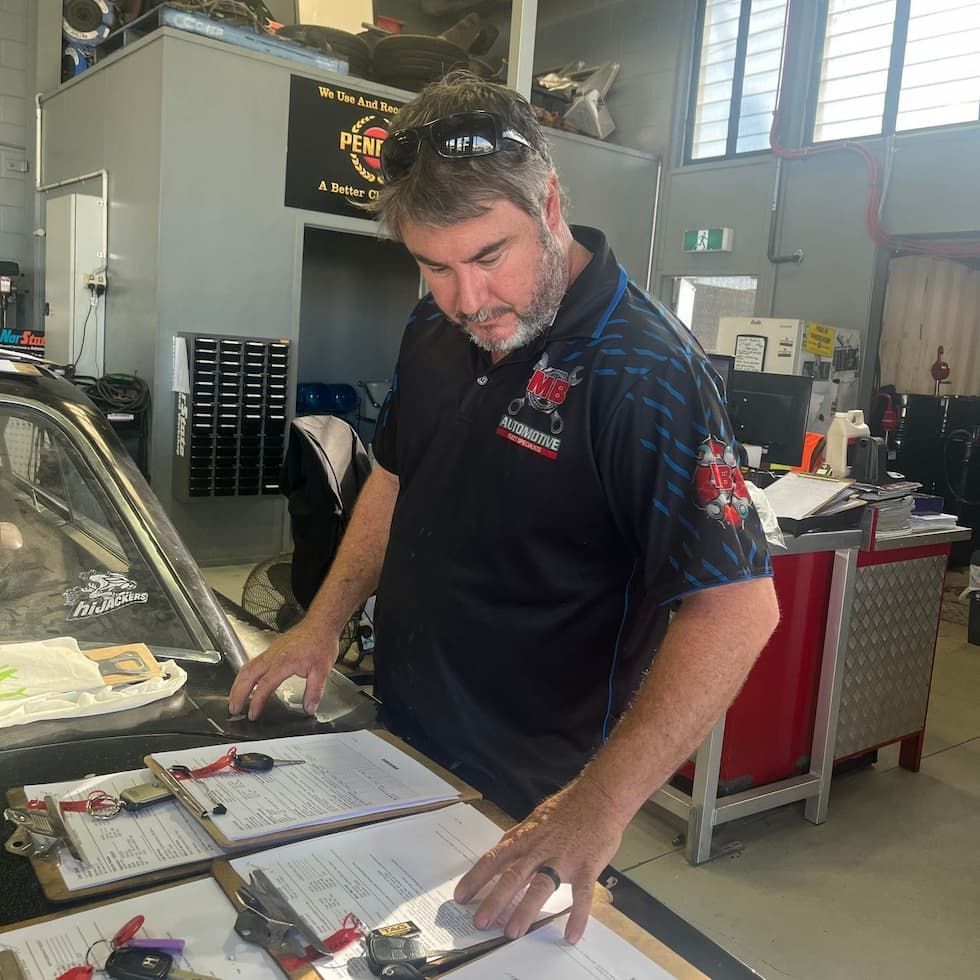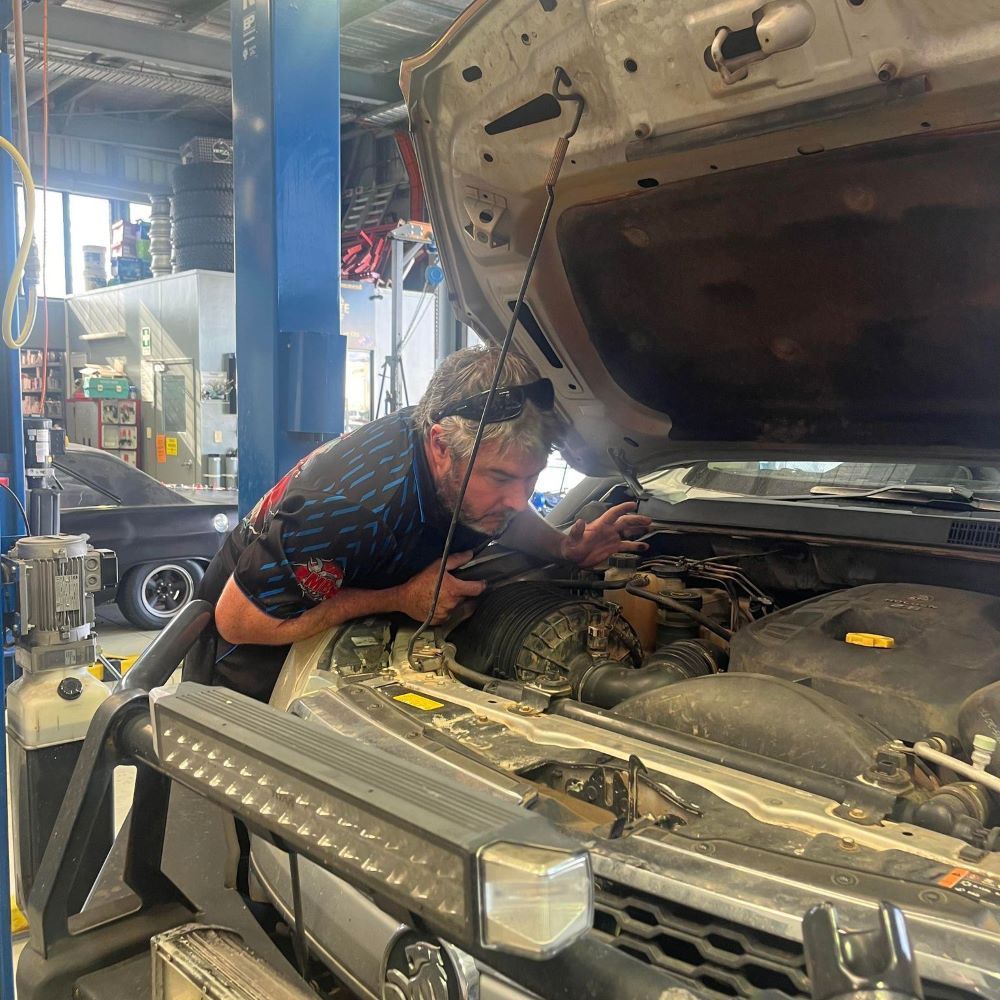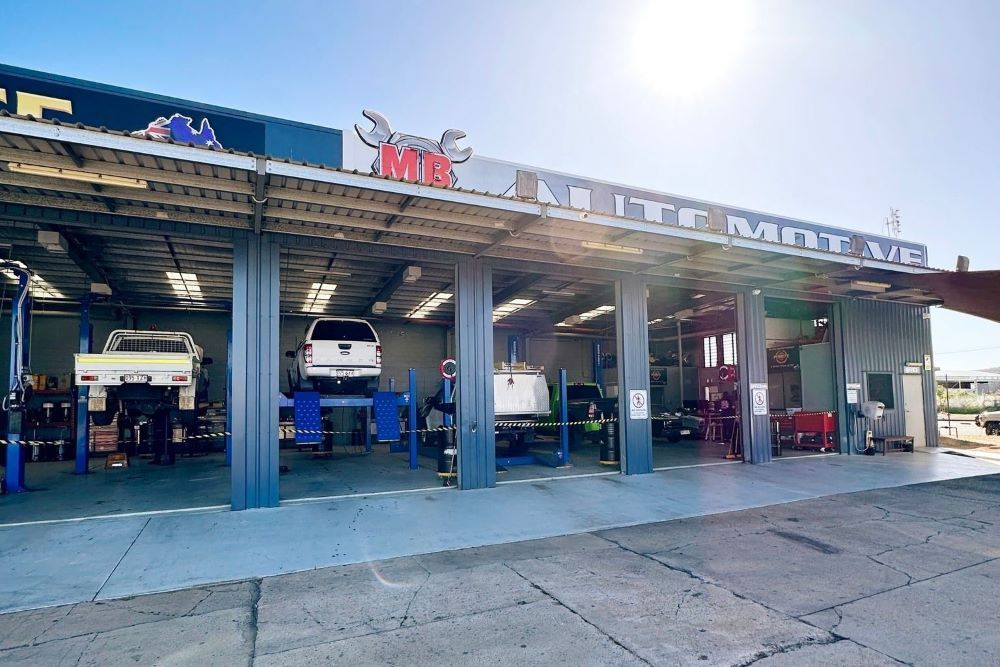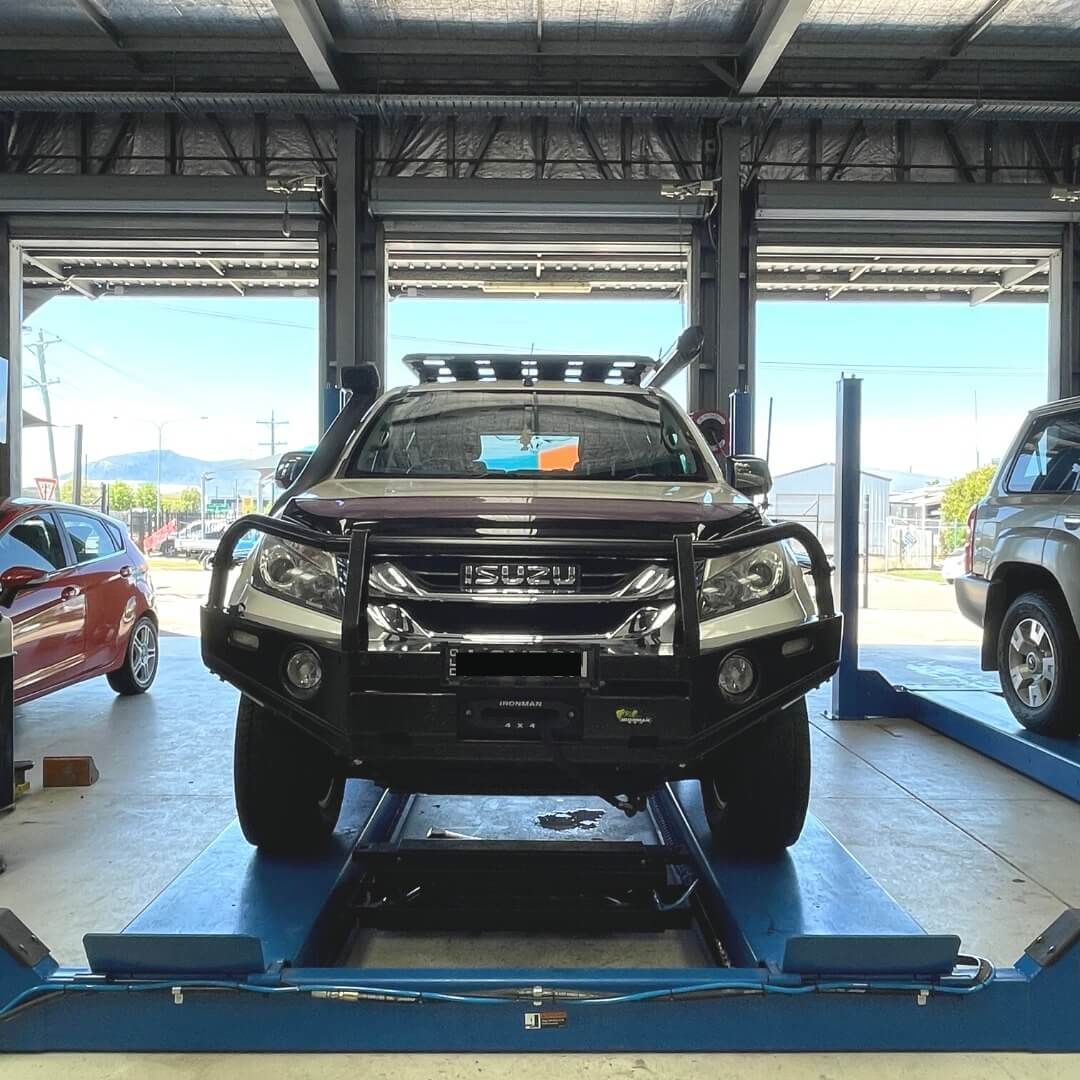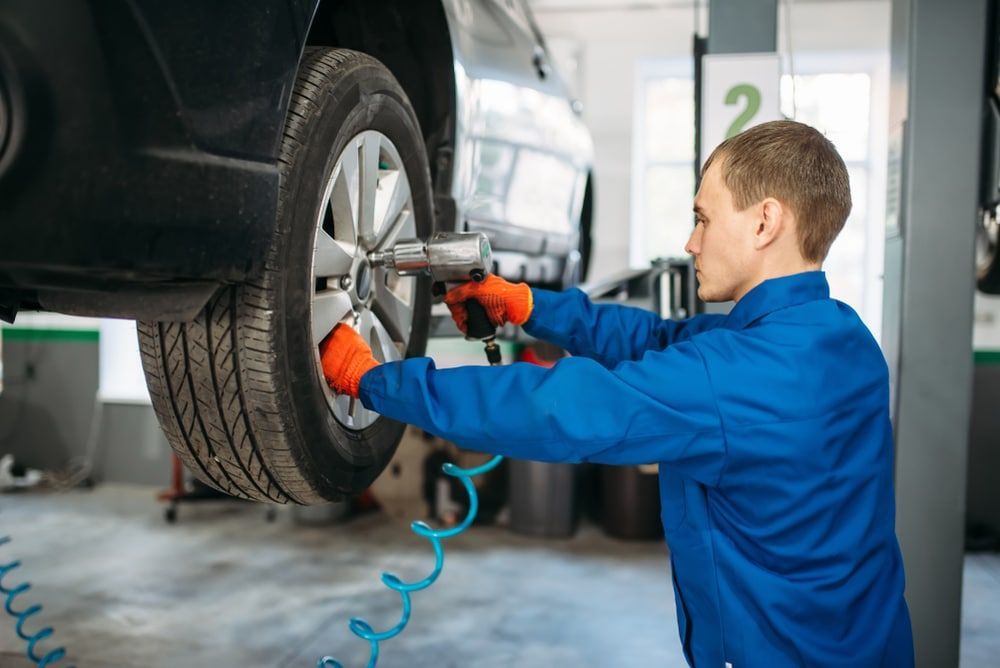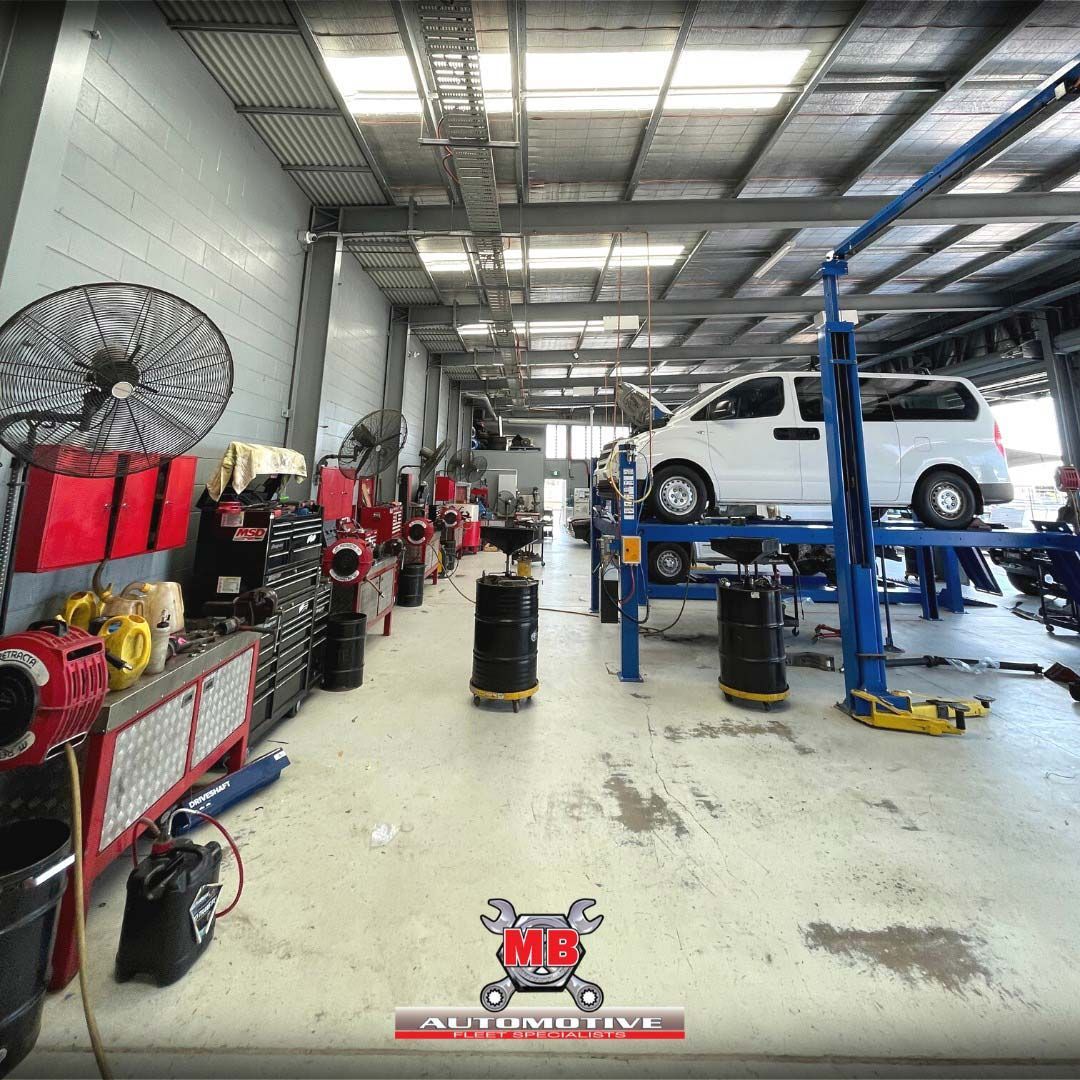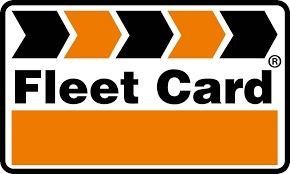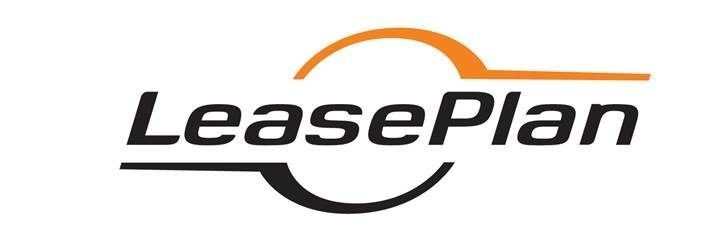Understanding Your Car’s Warning Lights & What To Do When They Turn On
Warning lights on your car’s dashboard are crucial indicators of your vehicle’s health. Each light serves as an alert that a specific area of your vehicle requires attention. Whether it signals a loose fuel cap, low engine oil or an overheating engine, recognising and responding to these warnings promptly can help prevent minor issues from escalating into major repairs. In this post, we’ll explore some of the most common warning lights you might encounter and what you should do when they appear.
Immediate Steps When The Check Engine Light Illuminates
When the check engine light comes on, it can indicate anything from a minor issue to something more serious. Here’s what you should do:
- Don’t panic: This light can signify various issues, some of which are minor.
- Check your dashboard: Look for other illuminated warning signs that might indicate a more serious issue.
- Reduce your driving speed: If the light is flashing, reduce your engine load to prevent damage.
- Visit a mechanic: Get your vehicle checked to diagnose the issue accurately.
Some common triggers for the check engine light include:
- A loose gas cap
- Faulty oxygen sensors
- Issues with the catalytic converter
What To Do If The Brake Warning Light Is On
The brake warning light is crucial for your safety. If this light comes on, follow these steps:
- Check the brake fluid level: Ensure it’s at the required level and top up if necessary.
- Assess brake performance: If the brakes feel spongy or less responsive, stop driving and seek professional help.
- Avoid heavy braking: Try to drive to a safe location without stressing the brakes too much.
Reasons your brake warning light might be on include:
- Low brake fluid
- Worn brake pads
- Problems with the brake system components
Responding To The Oil Pressure Warning Light
Low oil pressure can cause significant engine damage. Here’s how to handle it:
- Stop the vehicle: Turn off the engine as soon as it’s safe to avoid further damage.
- Check the oil level: After waiting a few minutes, check the oil level and add more if it’s low.
- Look for leaks: Inspect the area under the vehicle for any signs of oil leaks.
Common causes for an oil pressure warning include:
- Low oil level
- Oil pump failure
- Blocked oil filter
Handling An Engine Temperature Warning Light
An overheating engine can lead to serious issues, including engine failure. If this light comes on, take these steps:
- Turn off the air conditioning: This can help reduce engine strain.
- Turn on the heater: It sounds counterintuitive, but it can draw heat away from the engine.
- Pull over and shut off the engine: Allow the engine to cool down before checking coolant levels or for leaks.
Typical reasons for the engine temperature warning include:
- Low coolant level
- Malfunctioning radiator
- Thermostat failure
Connect With Our Mechanics In Townsville
At MB Automotive, we understand that car issues can be daunting, especially when you’re unsure what the warning lights mean. That’s why we’re committed to providing a friendly, transparent service that demystifies car maintenance for everyone, especially our female clients. Contact us today!

